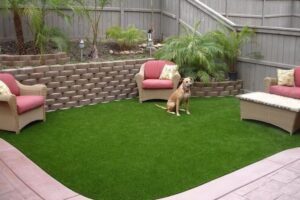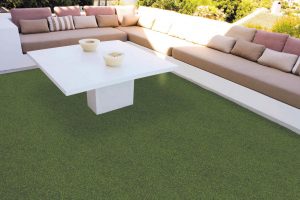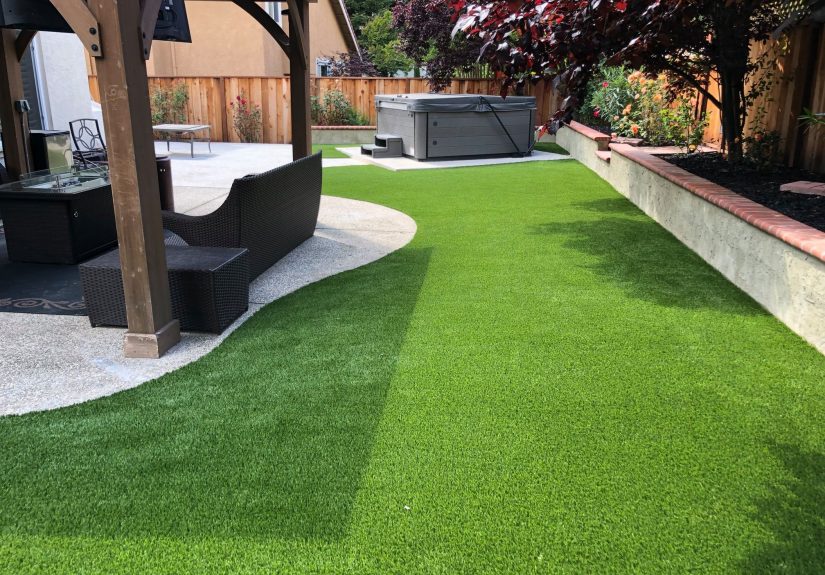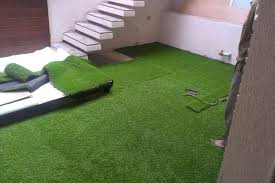Artificial grass is becoming increasingly popular in Melbourne as a great alternative to natural lawns. This is mainly due to the fact that it requires very little maintenance and can be installed in areas that are not suitable for natural grass.
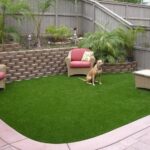
It’s the perfect choice for homes with pets!
Pet grass is a great option for many different kinds of pets, including dogs and cats. Grass is an important part of any dog’s diet, providing protein, fibre, vitamins and minerals to keep your dog healthy and happy!
Grass is also a great way to settle an upset stomach, help with digestion and can even dispel toxins.
It’s a great idea to keep a supply of cat grass in the house for when your kitty is feeling under the weather!
The grass is also an easy way to ensure your kitty is getting the nutrition they need, which will boost her immune system and help her recover from illness.
You should always pick up your pet’s poop as soon as it comes out of their mouth. This will prevent the buildup of ammonia gas, which can cause an unpleasant smell. You should clean the area regularly using a high-quality pet spray or water to prevent odours from developing and lingering on the artificial turf.
When choosing the best grass for your pet, you should consider several factors such as the amount of wear and tear they put on it. A grass that is resistant to wear will be able to cope better with the impact your pet has on it.
Whether your pet is a small dog or a large breed, you’ll need to make sure the type of grass you choose is suited to their size and needs. This can include the size of their paws, how often they run, how much they scratch, how long they spend playing and if they do their business outside.
There are also some types of grass that are softer than others. This can help reduce the stress that your pet might have when they are running around or doing zoomies.
These grasses are also a great choice for pets that have sensitive skin and need an allergy-free environment to live in. They are also an excellent choice for pets that have asthma or eczema, because they can provide relief from these conditions.
If you want to grow your own pet grass, it’s important to remember that it can take up to seven days to sprout. You will need to ensure that your pet’s area is well lit and has plenty of water to encourage growth.
Alternatively, you can purchase a ready-to-spread pet grass mix from your local pet store and sow it in a container. This will help prevent any soil loss and provide your pet with the freshest grass available.
K9 Grass can be a good choice for people who have children in the home, as it is safer for them to play on than natural grass.

